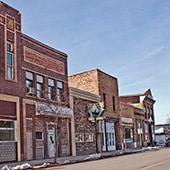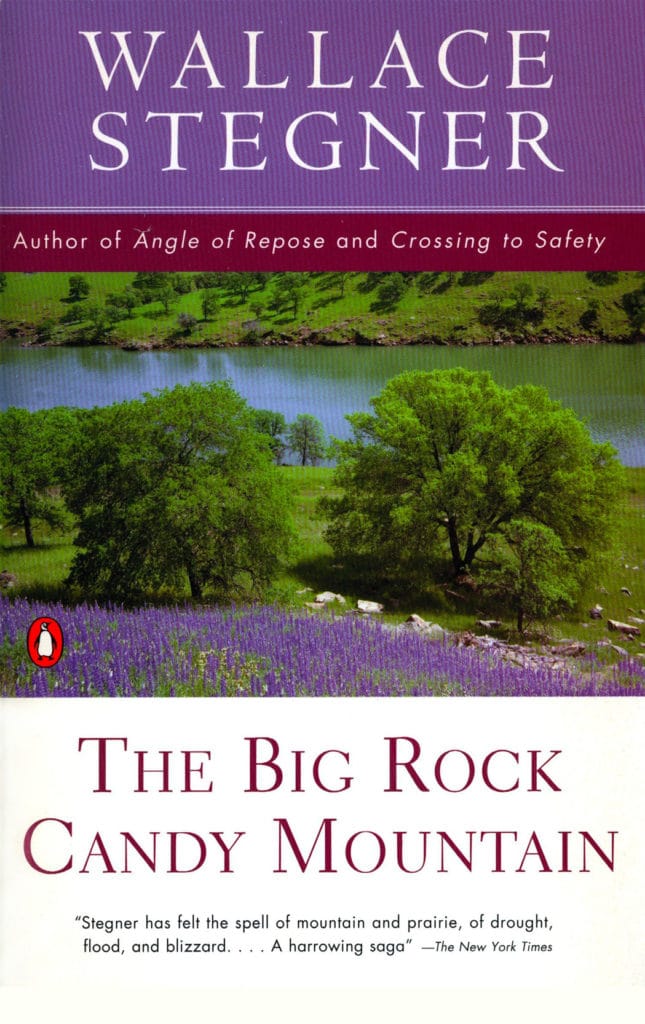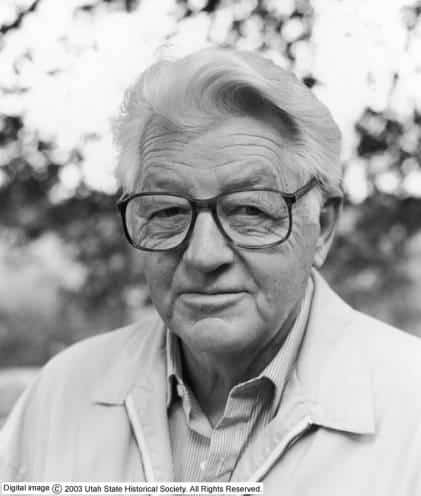The Big Rock Candy Mountain: Belt
The driver of an automobile on a lonely road is a set of perceptions mounted in the forehead of a mechanical monster…. The streets of Belt, a few men on the sidewalk before a poolhall, their breath white under the arc light; a block of stores, square false fronts, then shacks, weeds, sweet clover fields, the town dump, the highway again. Little towns were all alike. You could be dropped into any one of them anywhere and swear you’d lived there one time or another. (349)
Wallace Stegner. The Big Rock Candy Mountain. New York: Penguin Books, 1991.



